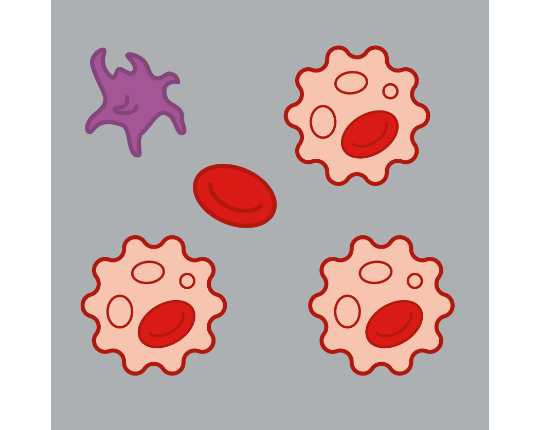
About AML Remission

About AML Remission
AML is a type of leukemia or blood cancer. ‘Acute’ means that AML usually gets worse quickly if it is not treated.
Blood cells are made in your bone marrow by different 'families' of blood stem cells. One family, called the 'myeloid' family, develops:
In AML, myeloid blood cells don't form properly. Instead, immature abnormal cells (or blasts) are produced.
Blasts create chaos in your bone marrow by growing, multiplying, and crowding out normal healthy cells.
This is what causes the symptoms of AML.
Remission means that less than 5% of your bone marrow contains immature abnormal blood cells called blasts.
Remission isn’t the same for everyone:
PATIENT STORIES
"I hear today [about a lot of new AML research] … That to me is a really hopeful message"
Paul, outdoor enthusiast and real ONUREG patient living with AML in first remission. Individual results may vary.



